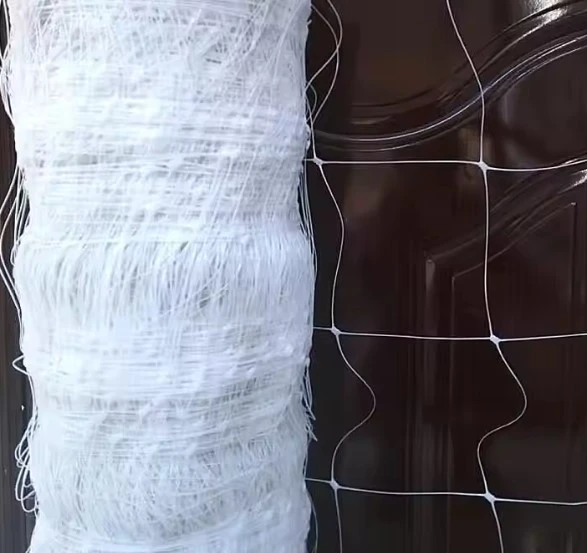-
 Afrikaans
Afrikaans -
 Albanian
Albanian -
 Amharic
Amharic -
 Arabic
Arabic -
 Armenian
Armenian -
 Azerbaijani
Azerbaijani -
 Basque
Basque -
 Belarusian
Belarusian -
 Bengali
Bengali -
 Bosnian
Bosnian -
 Bulgarian
Bulgarian -
 Catalan
Catalan -
 Cebuano
Cebuano -
 China
China -
 Corsican
Corsican -
 Croatian
Croatian -
 Czech
Czech -
 Danish
Danish -
 Dutch
Dutch -
 English
English -
 Esperanto
Esperanto -
 Estonian
Estonian -
 Finnish
Finnish -
 French
French -
 Frisian
Frisian -
 Galician
Galician -
 Georgian
Georgian -
 German
German -
 Greek
Greek -
 Gujarati
Gujarati -
 Haitian Creole
Haitian Creole -
 hausa
hausa -
 hawaiian
hawaiian -
 Hebrew
Hebrew -
 Hindi
Hindi -
 Miao
Miao -
 Hungarian
Hungarian -
 Icelandic
Icelandic -
 igbo
igbo -
 Indonesian
Indonesian -
 irish
irish -
 Italian
Italian -
 Japanese
Japanese -
 Javanese
Javanese -
 Kannada
Kannada -
 kazakh
kazakh -
 Khmer
Khmer -
 Rwandese
Rwandese -
 Korean
Korean -
 Kurdish
Kurdish -
 Kyrgyz
Kyrgyz -
 Lao
Lao -
 Latin
Latin -
 Latvian
Latvian -
 Lithuanian
Lithuanian -
 Luxembourgish
Luxembourgish -
 Macedonian
Macedonian -
 Malgashi
Malgashi -
 Malay
Malay -
 Malayalam
Malayalam -
 Maltese
Maltese -
 Maori
Maori -
 Marathi
Marathi -
 Mongolian
Mongolian -
 Myanmar
Myanmar -
 Nepali
Nepali -
 Norwegian
Norwegian -
 Norwegian
Norwegian -
 Occitan
Occitan -
 Pashto
Pashto -
 Persian
Persian -
 Polish
Polish -
 Portuguese
Portuguese -
 Punjabi
Punjabi -
 Romanian
Romanian -
 Russian
Russian -
 Samoan
Samoan -
 Scottish Gaelic
Scottish Gaelic -
 Serbian
Serbian -
 Sesotho
Sesotho -
 Shona
Shona -
 Sindhi
Sindhi -
 Sinhala
Sinhala -
 Slovak
Slovak -
 Slovenian
Slovenian -
 Somali
Somali -
 Spanish
Spanish -
 Sundanese
Sundanese -
 Swahili
Swahili -
 Swedish
Swedish -
 Tagalog
Tagalog -
 Tajik
Tajik -
 Tamil
Tamil -
 Tatar
Tatar -
 Telugu
Telugu -
 Thai
Thai -
 Turkish
Turkish -
 Turkmen
Turkmen -
 Ukrainian
Ukrainian -
 Urdu
Urdu -
 Uighur
Uighur -
 Uzbek
Uzbek -
 Vietnamese
Vietnamese -
 Welsh
Welsh -
 Bantu
Bantu -
 Yiddish
Yiddish -
 Yoruba
Yoruba -
 Zulu
Zulu
shade net for farming
Utilizing Shade Nets for Sustainable Farming Practices
In the realm of modern agriculture, the quest for innovative solutions to enhance crop yields and maintain sustainability has become increasingly critical. One such solution that has gained popularity among farmers worldwide is the use of shade nets. These versatile structures, designed to provide varying degrees of shade, are transforming the way crops are grown by optimizing environmental conditions, conserving resources, and improving the overall health of plants.
Shade nets, made from synthetic materials like polyethylene, offer a protective barrier against direct sunlight while allowing for the passage of light and air. Depending on the specific needs of the crops, shade nets come in different shading percentages ranging from 10% to 90%. This flexibility makes it possible for farmers to select the appropriate netting based on the growth stage of the plants and the prevailing climatic conditions. For instance, delicate seedlings may thrive under a higher percentage of shade, while more established crops may require less coverage.
Utilizing Shade Nets for Sustainable Farming Practices
Furthermore, shade nets can also mitigate the impact of extreme weather events such as hailstorms and heavy rains. By providing a protective shield, these nets minimize the risk of physical damage to crops, which can lead to significant losses. This resilience not only supports farmers in maintaining their livelihoods but also contributes to overall food security in vulnerable areas.
shade net for farming

In addition to promoting healthy growth conditions, shade nets can enhance pest and disease management. By creating a barrier, shade nets can deter certain pests that thrive in full sunlight. This reduces the reliance on chemical pesticides, promoting organic farming practices that are better for the environment and human health. Moreover, crops grown under shade nets tend to exhibit lower stress levels, making them less susceptible to diseases.
From an economic perspective, shade nets can lead to increased crop productivity and quality. Farmers who implement shading systems often report enhanced fruit and vegetable quality, which can fetch higher market prices. By extending the growing season and improving crop resilience, shade nets offer an opportunity for farmers to diversify their production and maximize profits. This aspect is particularly appealing to smallholder farmers who are keen on improving their economic circumstances while adopting environmentally friendly practices.
Adopting shade nets also aligns with broader sustainable farming practices. By optimizing resource use, farmers can reduce their reliance on fertilizers and irrigation, leading to lower input costs and minimized environmental impact. Additionally, shade nets play a role in carbon sequestration, contributing to mitigating climate change by promoting healthier ecosystems.
In conclusion, shade nets represent a valuable tool in the toolbox of modern agriculture. They offer a multitude of benefits, from improved crop yields and quality to enhanced resilience against climate variability and pest pressures. As farmers worldwide grapple with the challenges posed by climate change and resource limitations, integrating shade nets into agricultural practices emerges as a pragmatic and sustainable solution. By striking a balance between productivity and environmental stewardship, farmers can cultivate not only healthier plants but also a more sustainable future for agriculture. Embracing innovations like shade nets is essential for nurturing a resilient food system that can withstand the tests of time and climate.
-
Shipping Plastic Bags for Every NeedNewsJul.24,2025
-
Safety Netting: Your Shield in ConstructionNewsJul.24,2025
-
Plastic Mesh Netting for Everyday UseNewsJul.24,2025
-
Nylon Netting for Every UseNewsJul.24,2025
-
Mesh Breeder Box for Fish TanksNewsJul.24,2025
-
Expanded Steel Mesh Offers Durable VersatilityNewsJul.24,2025











